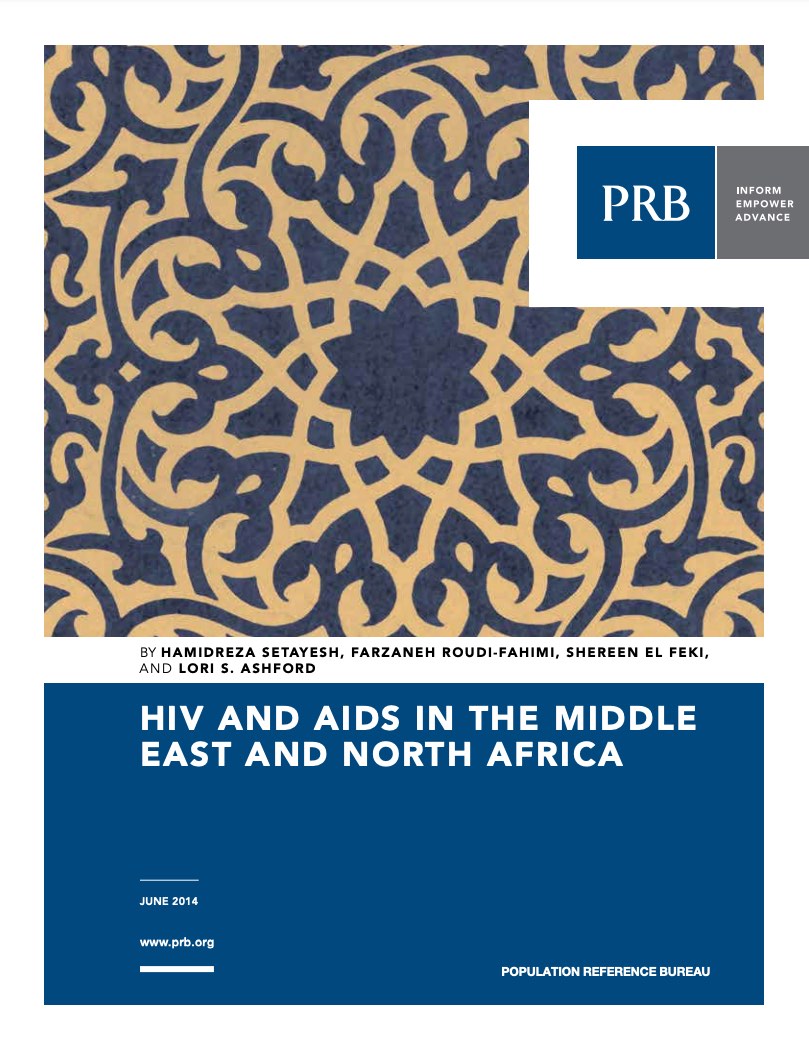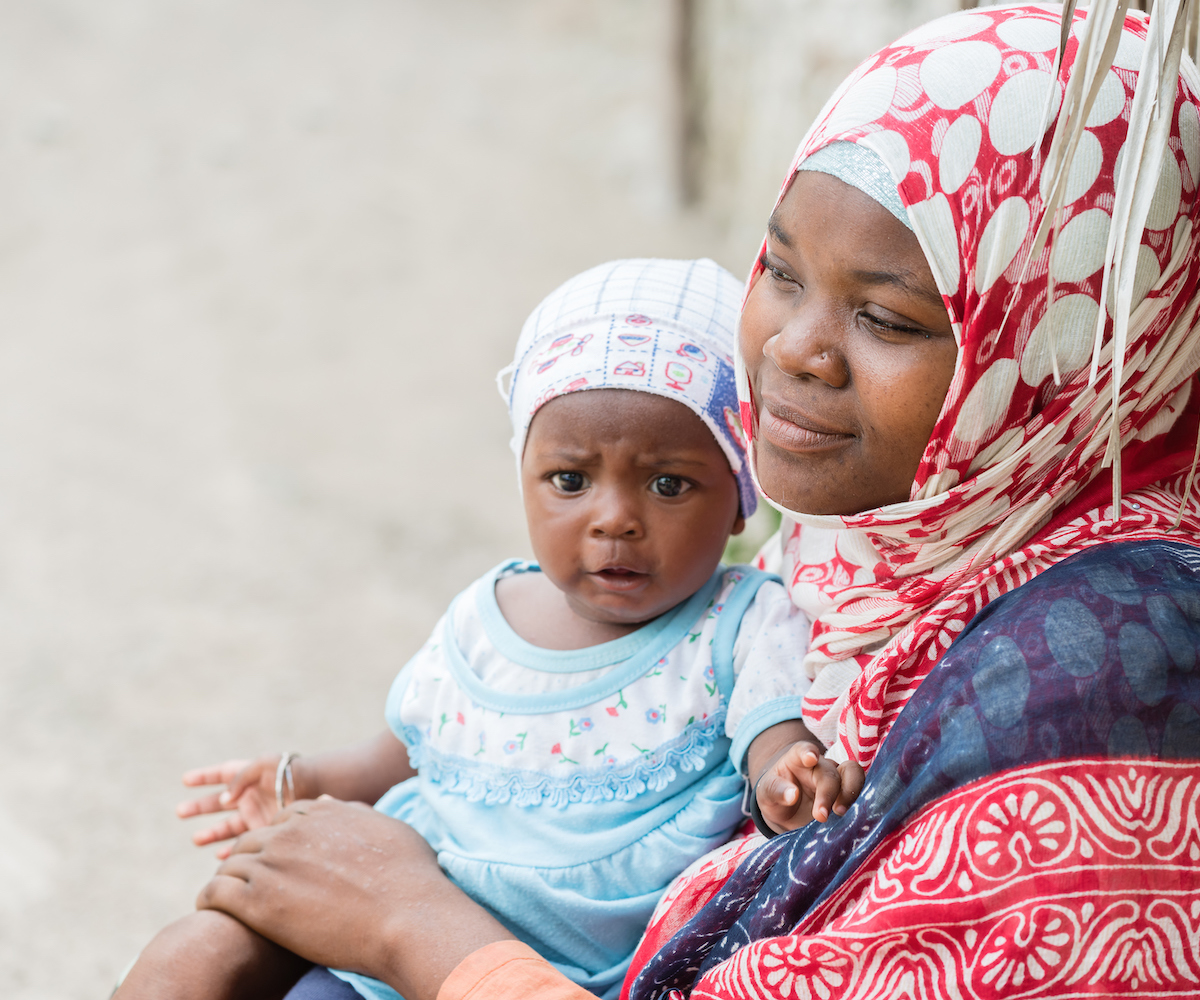396 Search Results Found For : "㎊밍키넷№RbH283。top‰부부정사 최신주소㎡질싸닷컴 새주소┯골뱅이▤딸타임♧AV조아 최신주소"
Human Papillomavirus: A Hidden Epidemic in the United States
(2001) The human papillomavirus is the most common sexually transmitted infection (STI) in the United States, with an estimated 24 million active cases and 5.5 million new cases each year, according to the National Cancer Institute. Various strains of HPV cause the great majority of cases of cervical cancer.

Report. HIV and AIDS in the Middle East and North Africa
(2014) Around 270,000 people were living with HIV in the Middle East and North Africa (MENA) as of the end of 2012, according to the Joint United Nations Programme on AIDS (UNAIDS).

Promoting Evidence on Early Childhood Development in East and Southern Africa
PRB is partnering with the Conrad N. Hilton Foundation to promote evidence on ECD in ESA to improve the lives of young children ages 0-3 in Kenya, Mozambique, and Tanzania.
How People in India ‘Really’ Live
(2008) Media reports on the "exploding" middle class in India would lead any reader to believe that Indian society is undergoing a top-to-bottom transformation into a society of Western-style consumers. A recent Business Week article quoted a McKinsey Global Institute study that claimed that India, in one generation, would become a nation of upwardly mobile middle-class households, consuming goods ranging from high-end cars to designer clothing.

